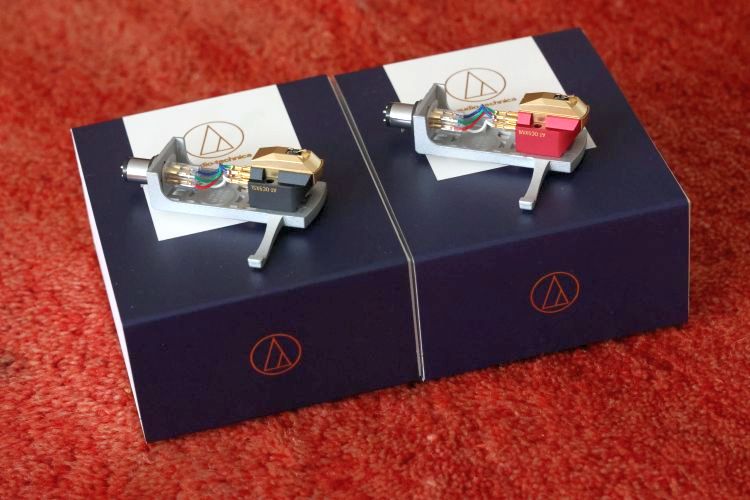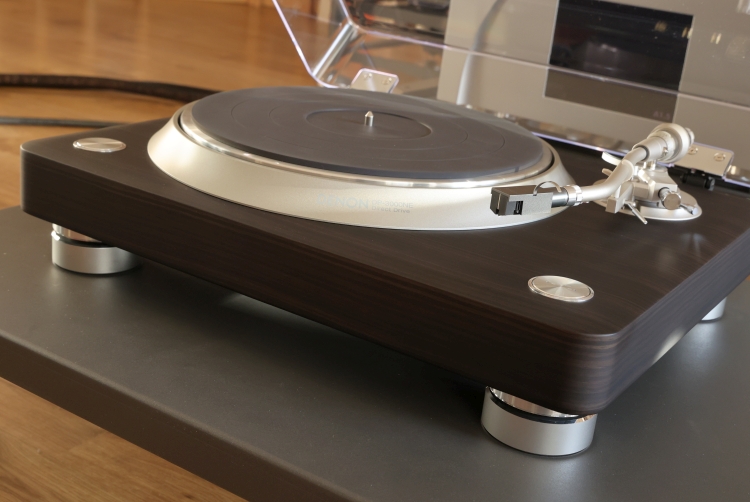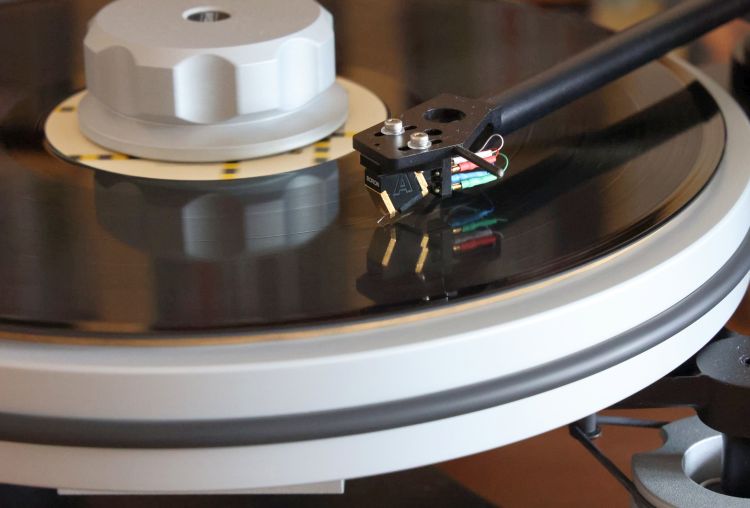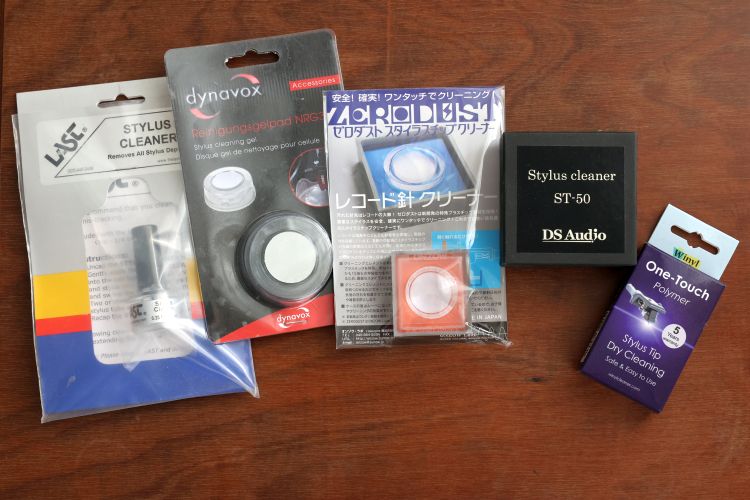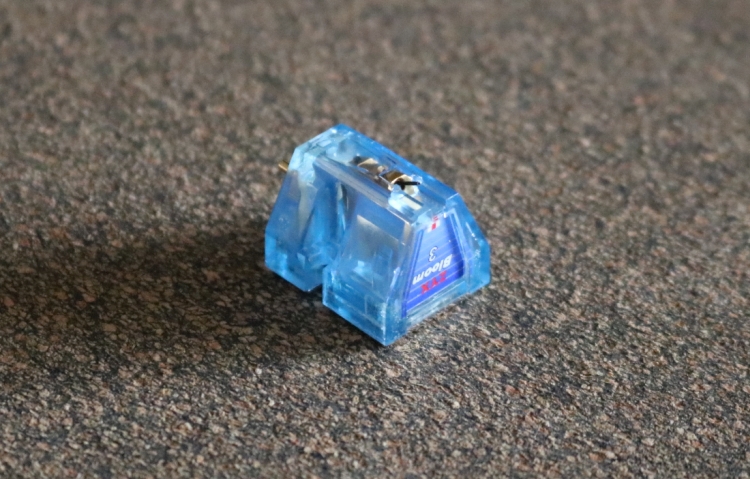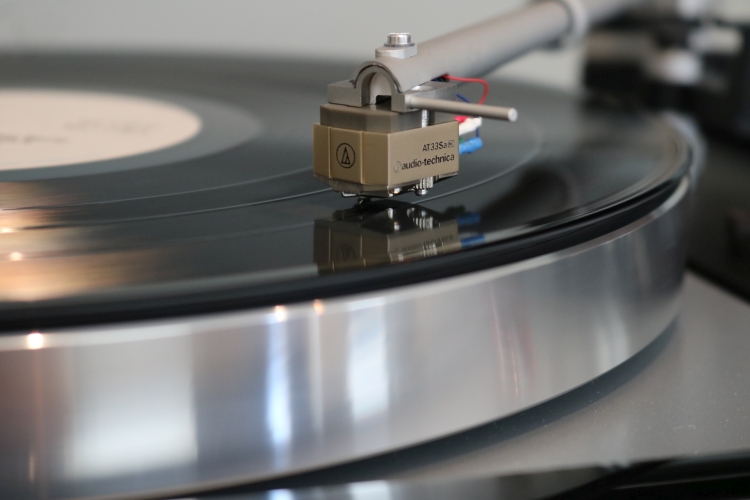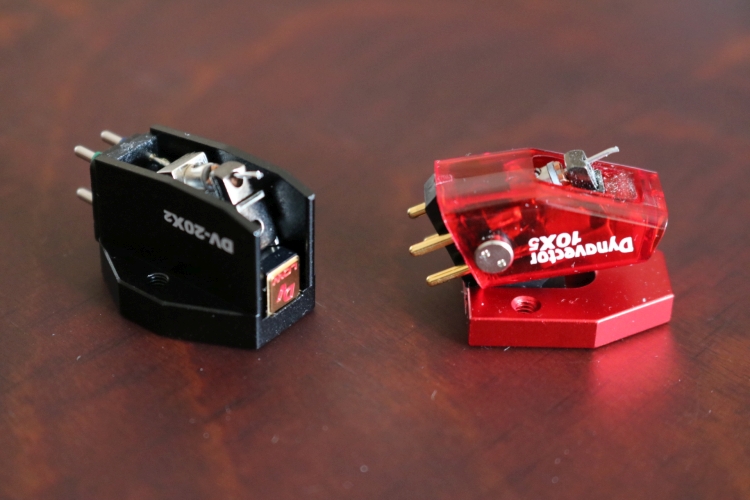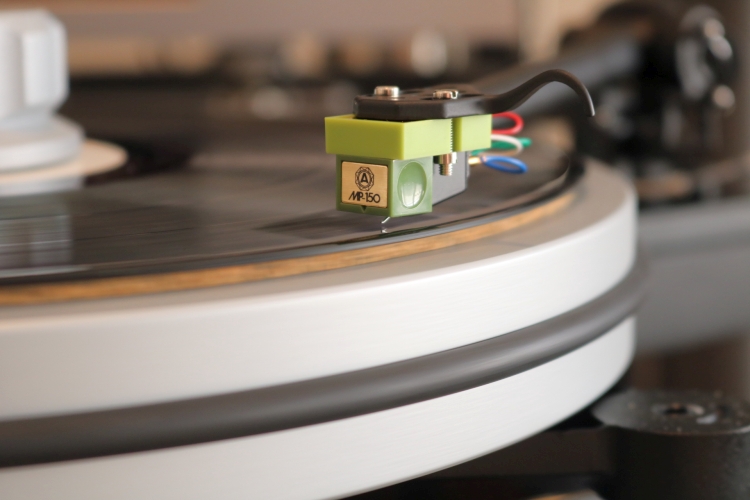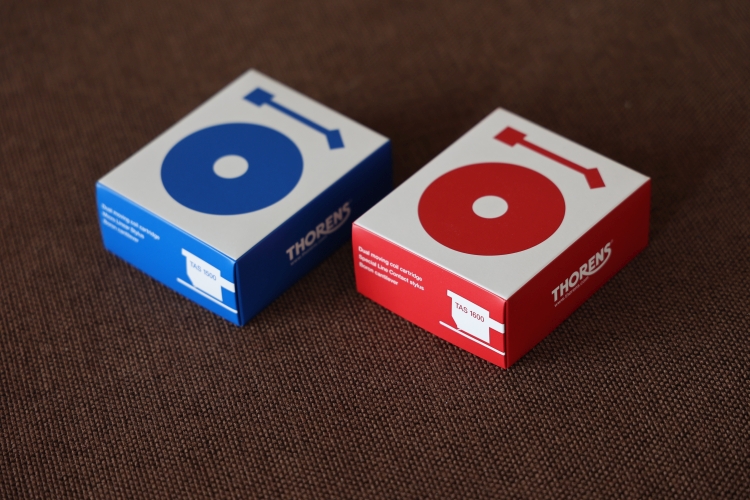
TAS 1600 and the TP 92 tonearm
Now that the TAS 1600 was performing beautifully with the new TP 160 arm, I was curious how it would perform with the older TP 92 arm.
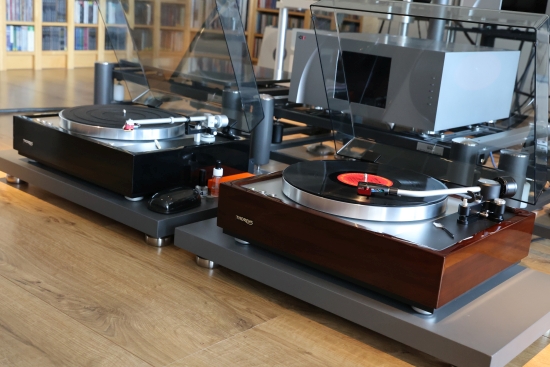
Peculiarly, despite my running-in efforts, the TAS 1600 did not seem to be having a good time in the TP 92 arm. The sound was comparably rough, hard, shut-in, and compressed, and lacking a great deal of the resolution, fluidity, or refinement it portrayed so effortlessly with the TP 160 arm.
Given this enormous disparity and the fact that the TP 92 arm can still sound great with other cartridges, I’m tempted to conclude this marriage is simply not a good match. This can, in part, potentially be attributed to the TP 92’s lower effective mass of 11 grams versus the TP 160’s 16 grams (please note that some documentation incorrectly states 15 grams). But even so, the TAS 1600 has a higher specified compliance than the MicroRidge OC9 or the MicroRidge TAS 1500, for that matter.
I’m sure there are more factors at play, but no matter the cause and whether or not the TAS 1600 cartridge was indeed specifically developed for use with the TD 1600 and TD 1601, there is no denying the hugely successful marriage.
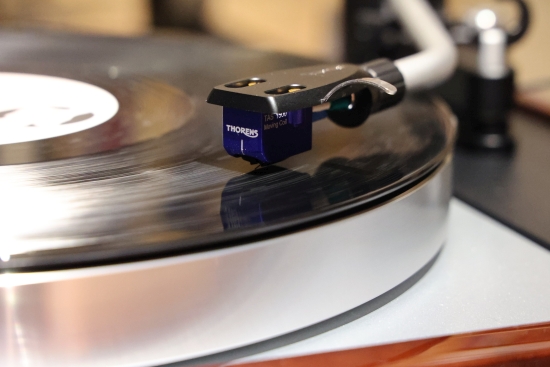
TAS 1500 second round
We already established that the TAS 1500 sounds excellent with the TP 92 arm. But how would it perform in the new TP 160 arm?
Sure enough, the TAS 1500 also sounds impressive in the TP 160 arm! In line with experience using other MicroRidge Stylii compared to less exotic stylus shapes, the TAS 1500 sounds crisper and more incisive in the bass than the TP 1600. To my ears, it sounds even more accurate than the TAS 1600. But with this tonearm, the TAS 1500 also becomes quite matter-of-fact. The MicroRidge stylus portrays textures rather explicitly, and it has a certain “raw” directness in the midrange that can be exciting for its relatively more “wooden” timbre, as opposed to a more velvety portrayal, which can lend extra credibility to acoustic instruments and percussion.
However, with the TP 160 arm, the TAS 1500’s emphasis on precision is a bit of a two-edged sword. This is the thing with iron-fisted and very articulate bass. This level of precision extends to the rest of the frequency range, where it can lead to dry or “square-ish” treble, which does not usually coincide with what we desire from our analog records. Indeed, swapping back to the TAS 1600, that cartridge has much more bloom in the midrange and an overall lusher and more liquid presentation.
Some might refer to the TAS 1500 as more stereotypically “digital” and to the TAS 1600 as more stereotypically “analog”. Such a comparison is admittedly just as meaningless as the term “musical” and, of course, there is no such thing as a “typical” analog. But if we agree with the usual stereotypical nomenclature, it does illustrate what I heard quite nicely.
What it comes down to is that the TAS 1500 is very precise but can sound a little dry and is not particularly rich or colorful in the midrange. In contrast, the TAS 1600 is technically less precise but smoother and harmonically more pleasing.
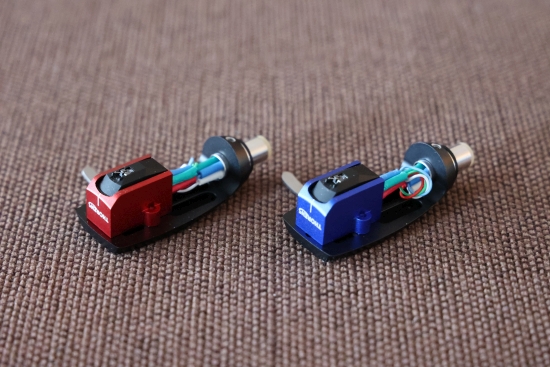
Conclusion
As long as they are partnered with an accommodating tonearm, the TAS 1500 and TAS 1600 cartridges perform splendidly. Between the two, it is predominantly a matter of taste, maybe even more than synergy, as both cartridges work superbly well with the TP 160 arm. Detail fanatics will be delighted with the cleanness and analytical precision of the TAS 1500. If you want to hear absolutely everything on the record, the TAS 1500 will deliver. But I suspect such a clean, direct, and analytical approach may be a little too much for some. For those who seek harmonic richness, delicacy, and liquidity, still balanced with excellent precision, the TAS 1600 will be the ideal choice.
The TAS 1500 and TAS 1600 are highly recommended and HFA favorites!

More Thorens
Thorens TD 1601 Turntable with TP 92 tonearm
Thorens TD 1600 with TP 160 tonearm
